Termoli, la Cattedrale di S. Maria della Purificazione
2021
Di notevole interesse architettonico è la cattedrale in stile romanico pugliese dove sono conservati i corpi dei santi patroni della città, Basso e Timoteo. Costruita nel punto più alto del promontorio termolese, ha uno sviluppo longitudinale ed è divisa in tre navate. È difficile stabilire la data di costruzione della basilica; alcuni elementi, però, farebbero pensare alla presenza di una cattedrale già nel IX-X secolo. La facciata della chiesa può essere idealmente (e anche materialmente) divisa in due parti: quella inferiore e quella superiore in netto contrasto tra loro.
You may also like
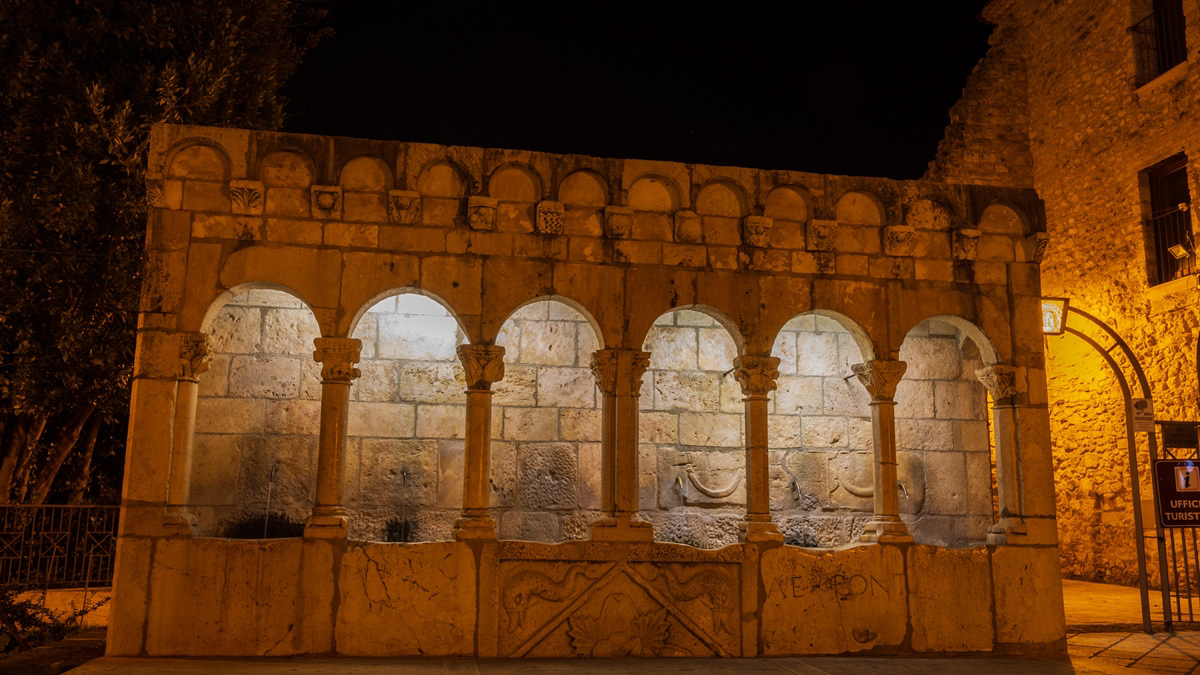
2018
Isernia, Fontana Fraterna, notturne
2023
Vastogirardi, novembre 2023
Physical geography
It is located at 1200 m above sea level. in the part of Molise bordering Abruzzo. The territory of Vastogirardi (IS) extends over an area of 60.72 km² and borders the municipalities of Capracotta to the north, San Pietro Avellana, Castel di Sangro (AQ) and Rionero Sannitico to the west, Forlì del Sannio, Roccasicura and Carovilli to the south, Agnone to the east. From a morphological point of view, the territory is separated from that of Capracotta by reliefs of Monte Capraro, which oscillate between 1300 - 1350 m, which descend steeply to Piano S. Angelo and Difesa Grande and Capo di Trigno (ancient lake basin ) at an altitude of 1100 m from which the Trigno river originates, one of the two most important Molise rivers which flows into the Adriatic Sea and gives its name to the road of the same name which reaches up to San Salvo (CH), i.e. the Trignina. To the west are the mountains of Montagnola (1292 m) and Monte Miglio (1350 m), to the south is Monte Pizzi (1373 m), while to the east are the mountains of Montagna Fiorita with Montarone (1278 m). Vastogirardi develops close to a hill at the top of which are the castle and the ecclesiastical complex of San Nicola di Bari. Inside the walls is the village, which appears well preserved in its original defense function, as evidenced by the cylindrical towers incorporated in factories and the supports between building blocks. The result of subsequent expansions, the churches of S. Rocco and S. Maria delle Grazie were built at the beginning of the 18th century and incorporated into the third urban expansion dating back to the 18th - 19th century. Over the course of the last century the town no longer followed the aggregation trend of stepped bands, according to the morphological trend of the site, but developed along via Garibaldi c.da Difensa (towards Castel di Sangro) and via Re d'Italia (direction Isernia).
Origins of the name
It is assumed that the name Vastogirardi originates from the name of a crusader captain, Giusto Girardi. In the past it also took the name of Castrum Girardi due to the castle (other attested toponyms are Castel Girardo, Rocca Girardo, Guasti Belardi, Guardia Giraldo and Guardia Gerardo) and subsequently its current name, deriving from an alliteration of Lombard jargon.
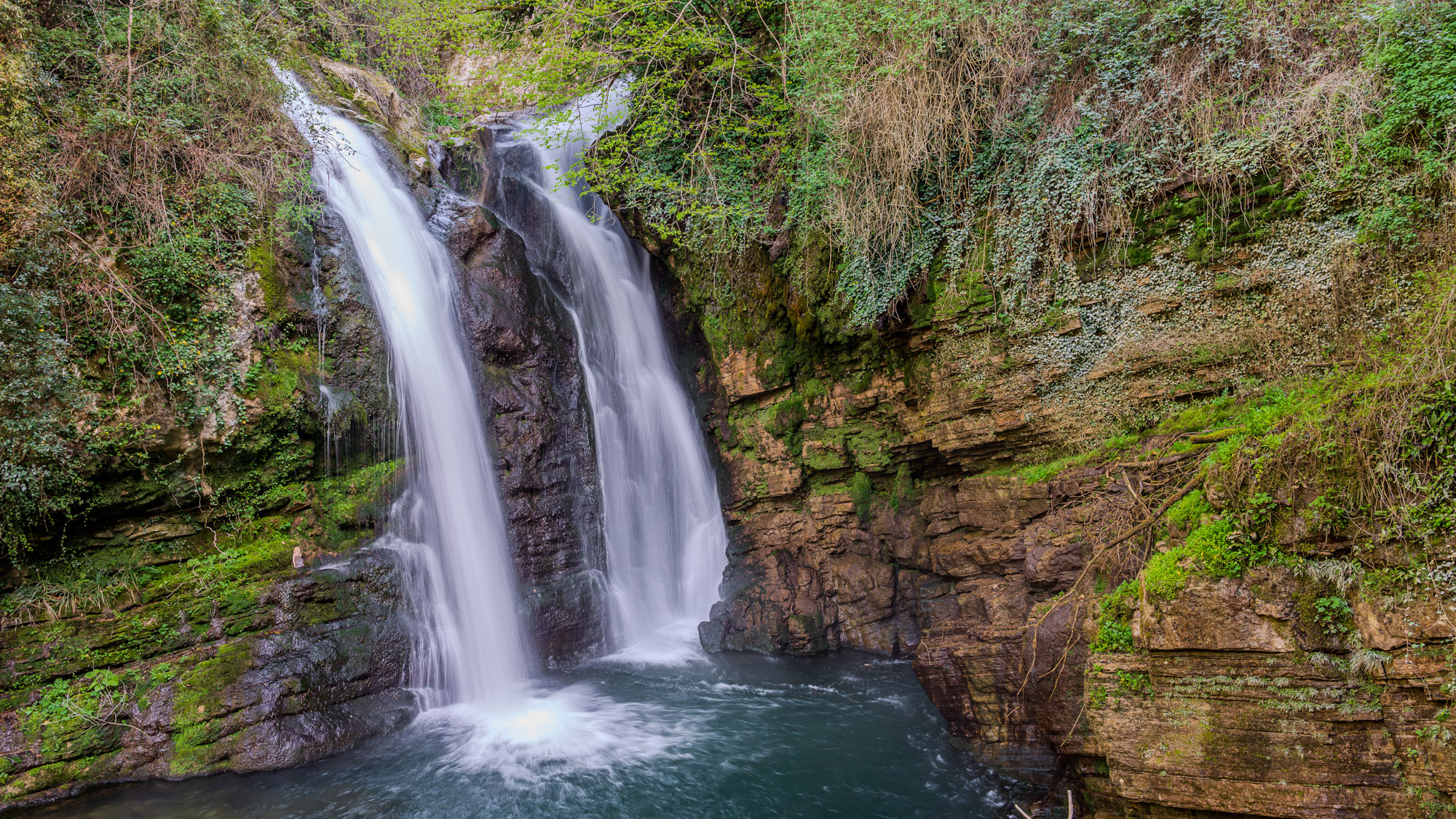
2024
Carpinone. The waterfalls. Spring 2024
In the heart of a very small village in Molise, immersed in an enchanted forest and floral nature, stands the Carpinone waterfall, one of the most fascinating natural spectacles of the place. The rush of foaming water, which rushes downwards, pervades you as soon as you take the path and when you finally reach it you have a fantastic visual effect of light and roar. The Carpinone waterfall is becoming one of the major natural attractions of Molise, thanks also to a group of volunteers who, for some years, have been taking care of its appearance to make it accessible to everyone and not just to the few enthusiasts or those who despise the danger... She's too beautiful to leave there alone! It was born as a gift from nature and can be reached by following various paths, all immersed in the bright greenery of Molise and all marked with hand-made wooden signs, so as not to affect the suggestive panorama. As you walk, you feel a very pleasant emotion thanks to the direct contact with nature, the breathing of healthy, clean air and the sight of wonderful floral species that make everything fairytale-like.
2025
Monteroduni. The Pignatelli Castle
Pignatelli Castle dates back to the 18th century, when the Lombards erected a small fort, with the chapel of San Michele, their patron saint, now the parish church of the town.
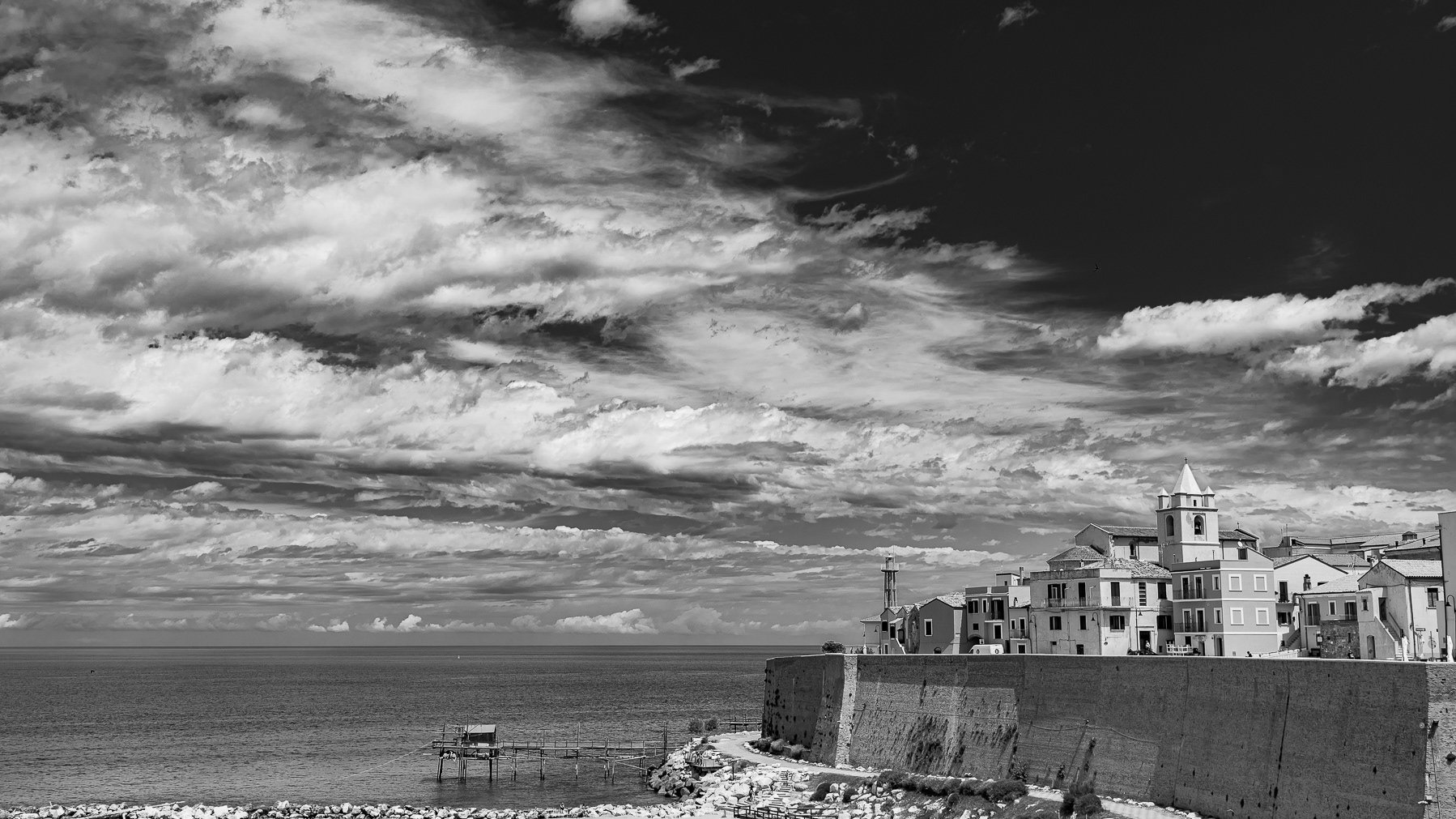
2021
Termoli
Termoli è un comune italiano di 32 953 abitanti della provincia di Campobasso in Molise. Termoli si trova lungo la costa adriatica. Unico porto del Molise, è centro peschereccio, turistico e industriale. Mantieni il borgo medievale chiuso all'interno delle mura che lo separano dalla città moderna.
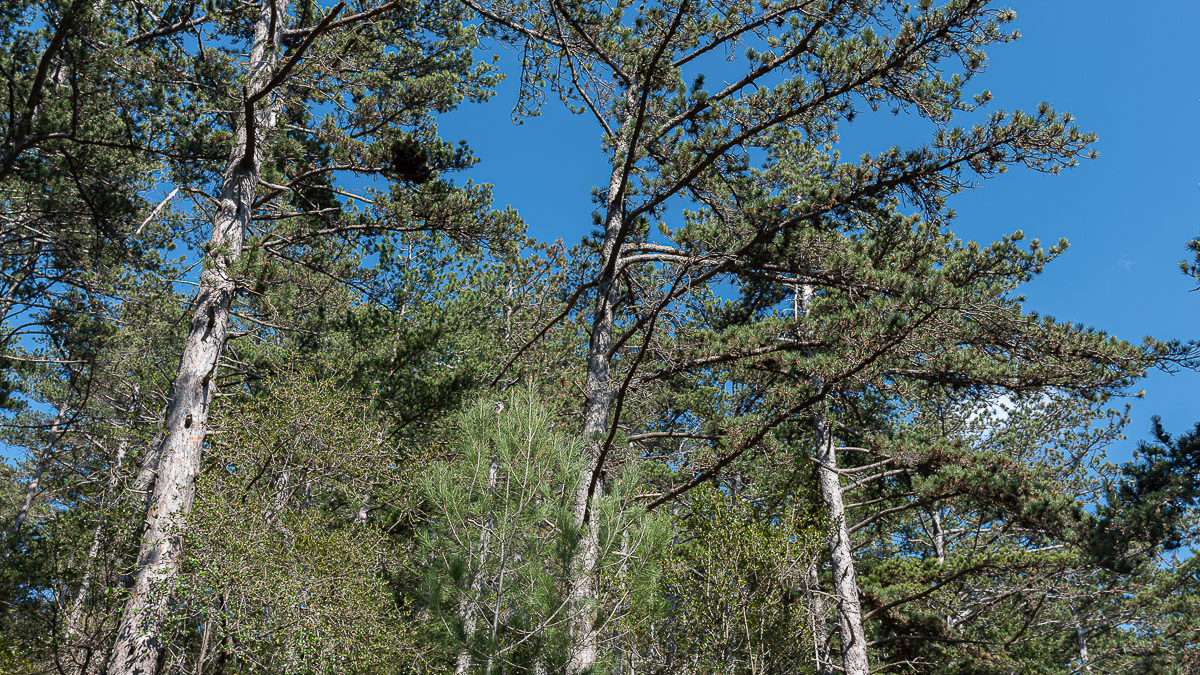
2021
Isernia, the pine forest
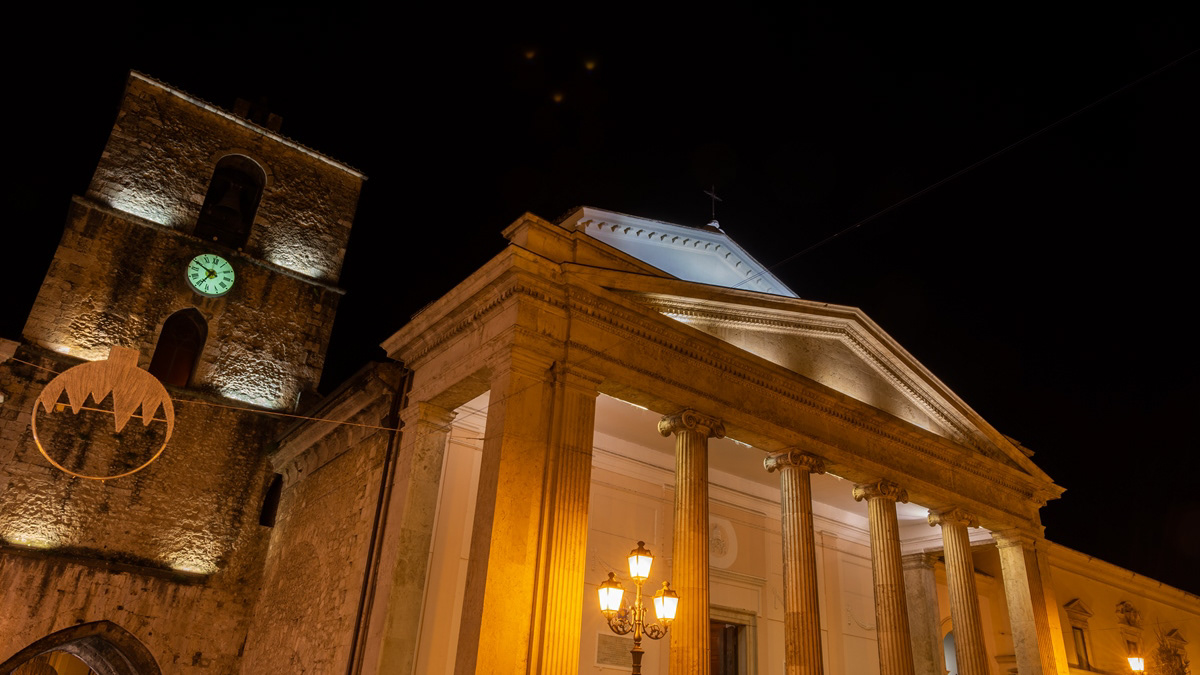
2018
Isernia, la Cattedrale, notturne
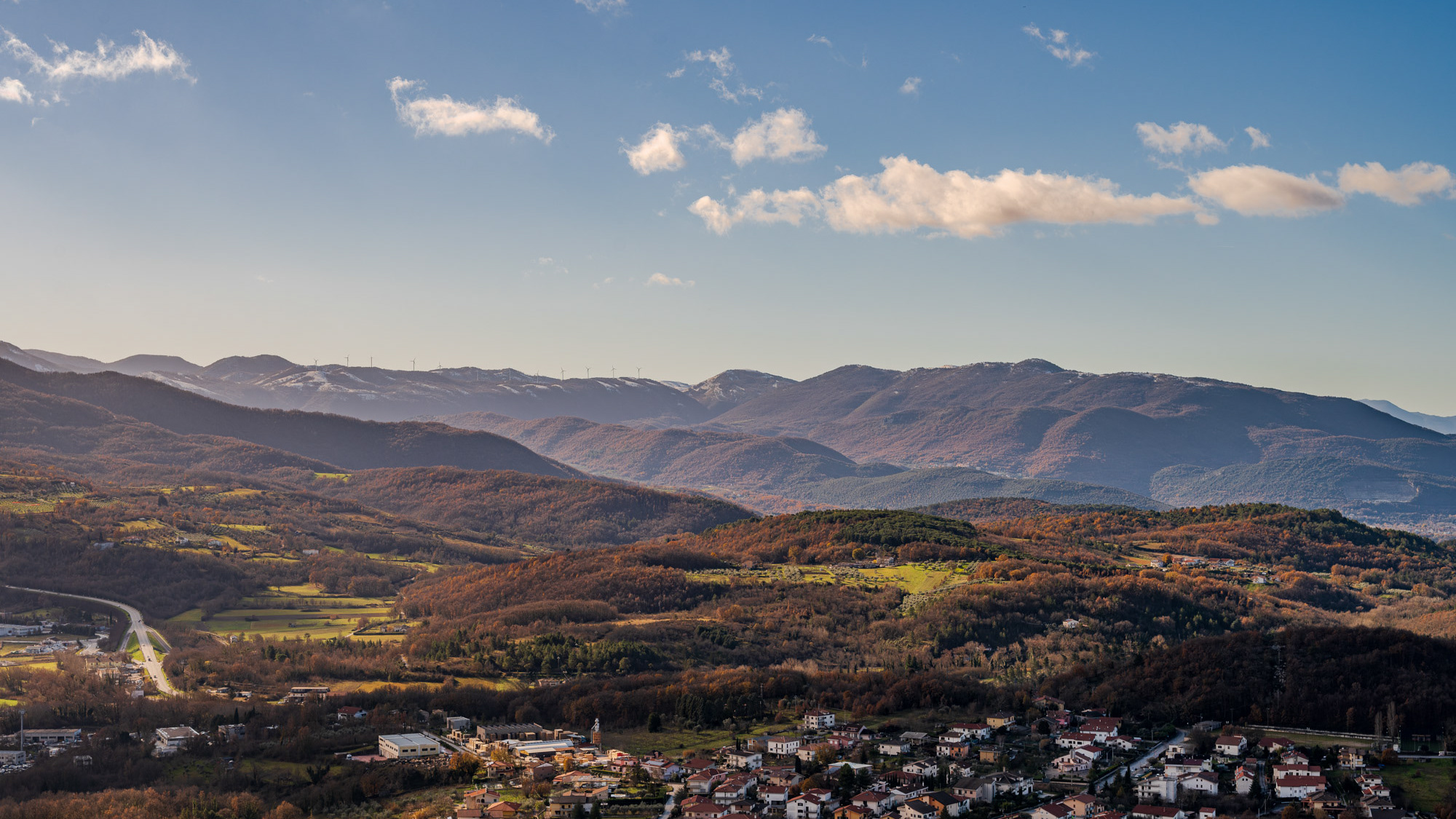
2025
Molise. Winter landscapes from Pesche
2025
The Guardialfiera or Liscione lake
2022
Capracotta, winter 2022
Capracotta is an Italian town of 833 inhabitants in the province of Isernia, in Molise. It suffered great destruction during the Second World War and from the second half of the twentieth century it developed on the tourist level as a Molise ski resort together with Campitello Matese. Located at 1,421 meters above sea level, it is, from a geographical point of view, one of the highest areas of the Apennines as well as being the highest municipality in Molise. The town is located on the parallel 41 ½ and on the meridian of Castel dell'Ovo and extends between the countryside of Pescopennataro and Sant'Angelo del Pesco to the north, that of Agnone to the east, of Vastogirardi to the south and S. Pietro Avellana and Castel del Giudice. The highest point in the municipal area is the summit of Monte Campo at 1746 m a.s.l. Downstream of the town, towards the south, are the sources of the Verrino, a tributary of the river Trigno. Just outside the town, on the road to Pescopennataro, is the "Garden of Apennine Flora", a high altitude botanical garden that collects notable floral and tree species from central and southern Italy. Capracotta is an important climatic and ski resort. It has two important facilities: one for alpine skiing, in Monte Capraro, with a chairlift; the other for cross-country skiing in Prato Gentile: the latter facility was the site of the Absolute Italian Cross-Country Skiing Championships in 1997.
